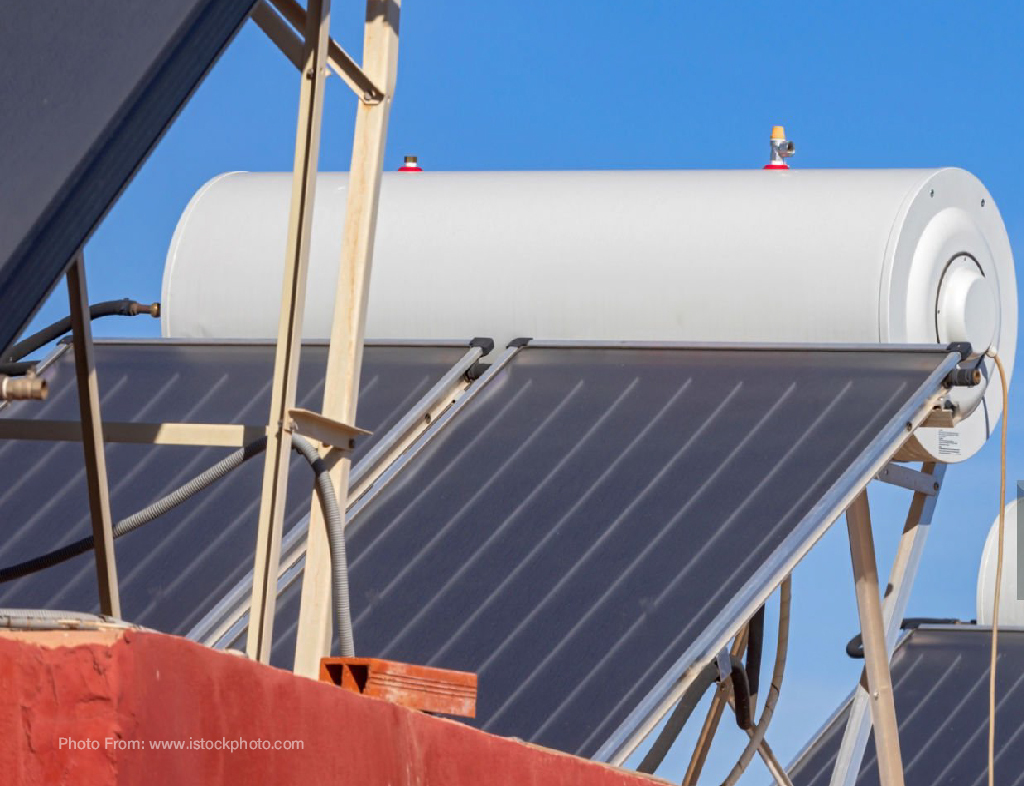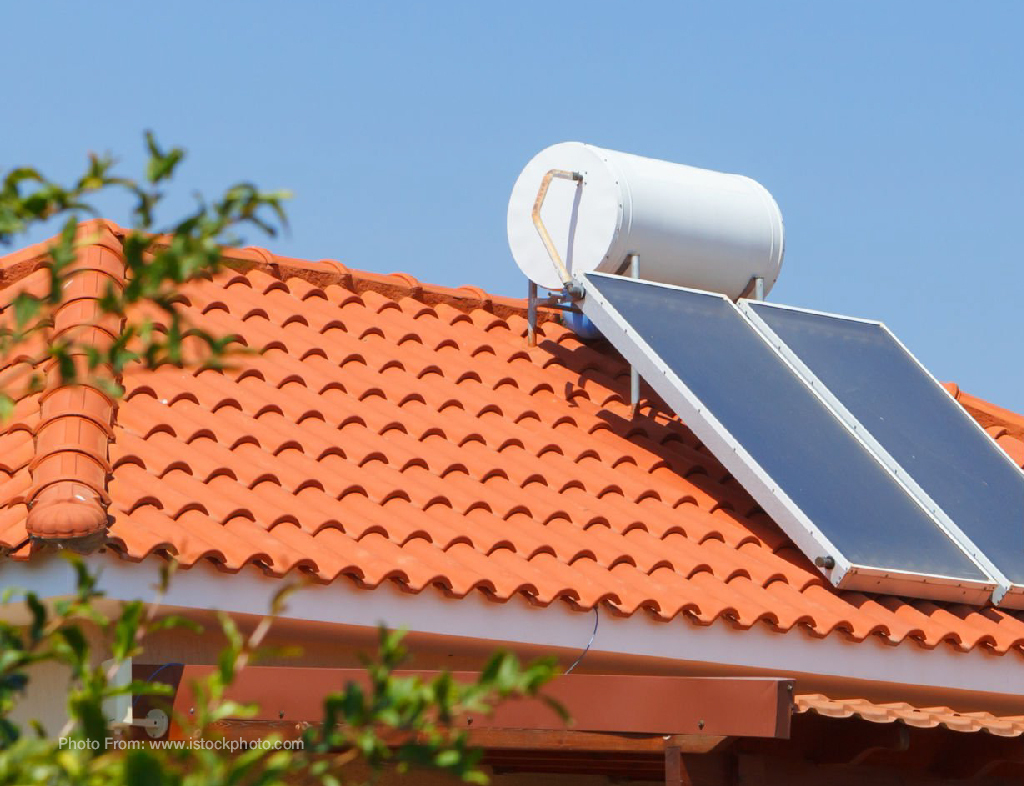SOLAR WATER HEATING: THERMAL VS. ELECTRIC SOLUTIONS
30th Jul 2025
When it comes to heating water with solar energy, two main approaches exist: solar thermal systems and solar photovoltaic (PV) systems. While both harness the power of the sun, they operate in fundamentally different ways and suit different off-grid needs.

Solar thermal systems use collectors to directly absorb sunlight and transfer that heat to water or a heat-transfer fluid. These systems are typically more energy-efficient for heating water because they bypass the electricity generation step entirely. In contrast, solar PV systems convert sunlight into electricity, which then powers an electric water heater. While not as efficient at converting sunlight into heat, PV-based water heating offers greater versatility, especially for locations where electricity is needed for other uses as well.
Energy efficiency is where solar thermal systems tend to excel. They convert sunlight into usable heat with minimal loss, making them ideal when water heating is the primary goal. However, they require thermal storage tanks, and performance can be affected by freezing temperatures or system complexity. Solar PV systems, while generally less efficient for water heating alone, benefit from easy scalability and simpler storage using standard batteries. In colder climates or places with limited sun exposure, PV systems paired with well-insulated electric heaters can offer more consistent performance.
Different off-grid living setups benefit from these systems in unique ways. Cabins and tiny homes with limited space may prefer compact PV setups that offer both power and water heating, reducing the need for additional infrastructure. RVs often benefit from portable solar panels connected to small electric heaters, especially when space and mobility are top priorities. On farms or remote homesteads where larger volumes of hot water are needed for livestock or irrigation, a well-installed solar thermal system can deliver long-term savings and reliable performance.
Hybrid systems are becoming increasingly popular, blending the strengths of both solar thermal and PV approaches. For example, a solar thermal system can handle daytime heating, while an electric heater powered by solar batteries or a backup generator provides hot water on cloudy days or during peak demand. This dual-layer strategy enhances system reliability while still minimizing reliance on fossil fuels.

Ultimately, the choice between thermal and electric solar water heating depends on climate, usage patterns, and available space. Many off-grid users find success with a hybrid approach that balances efficiency with flexibility, ensuring a steady supply of hot water even when conditions vary. As solar technology continues to evolve, these systems are becoming more accessible and customizable for a wide range of off-grid lifestyles.
